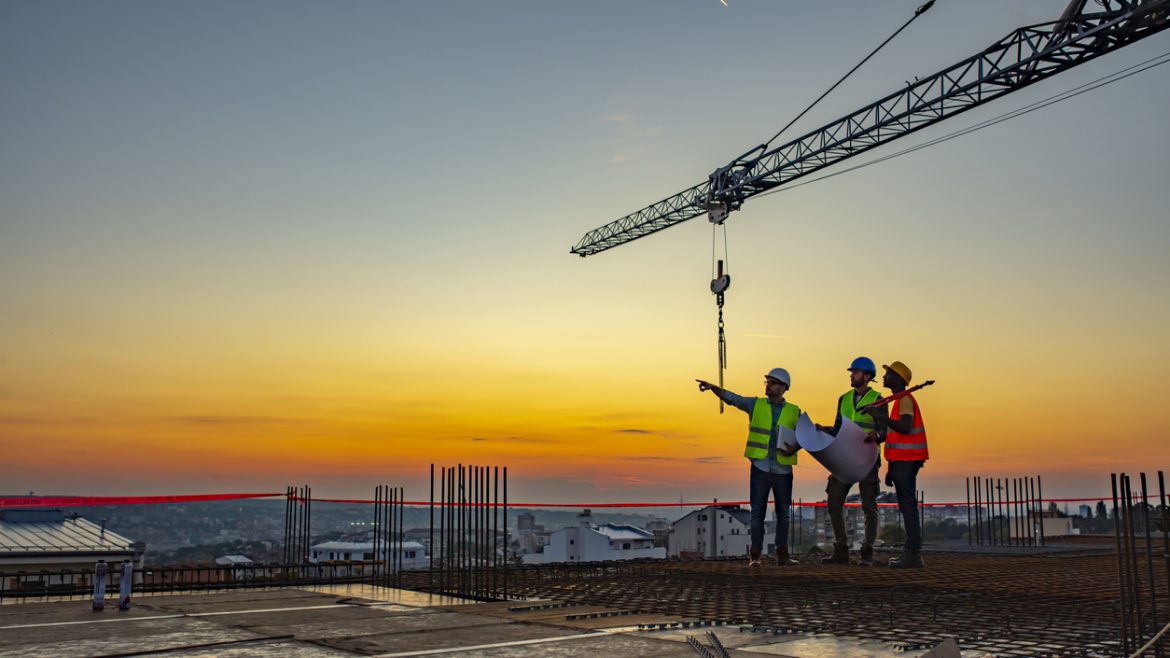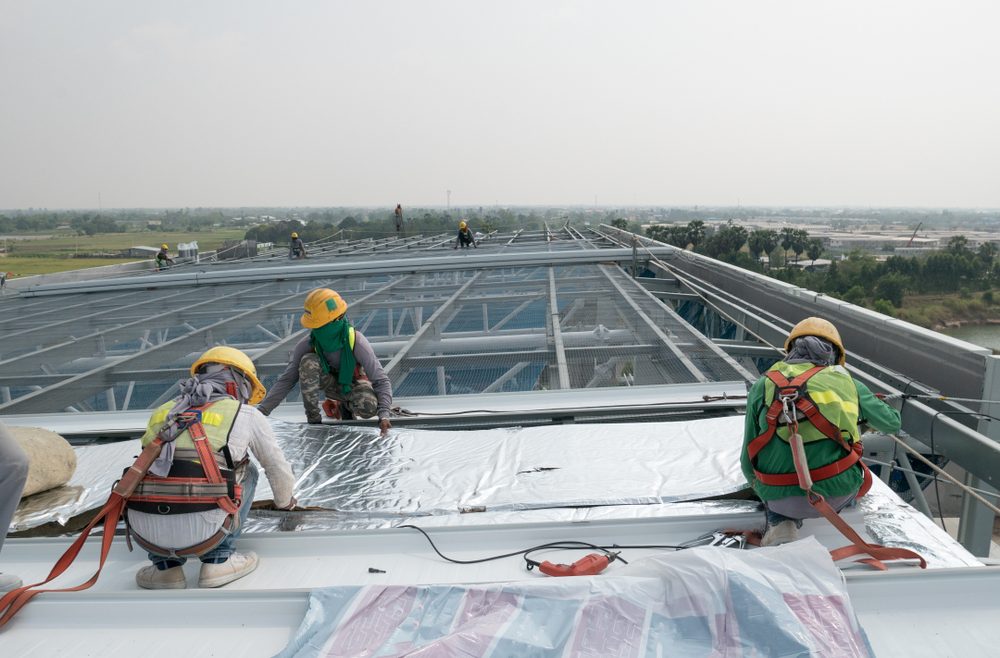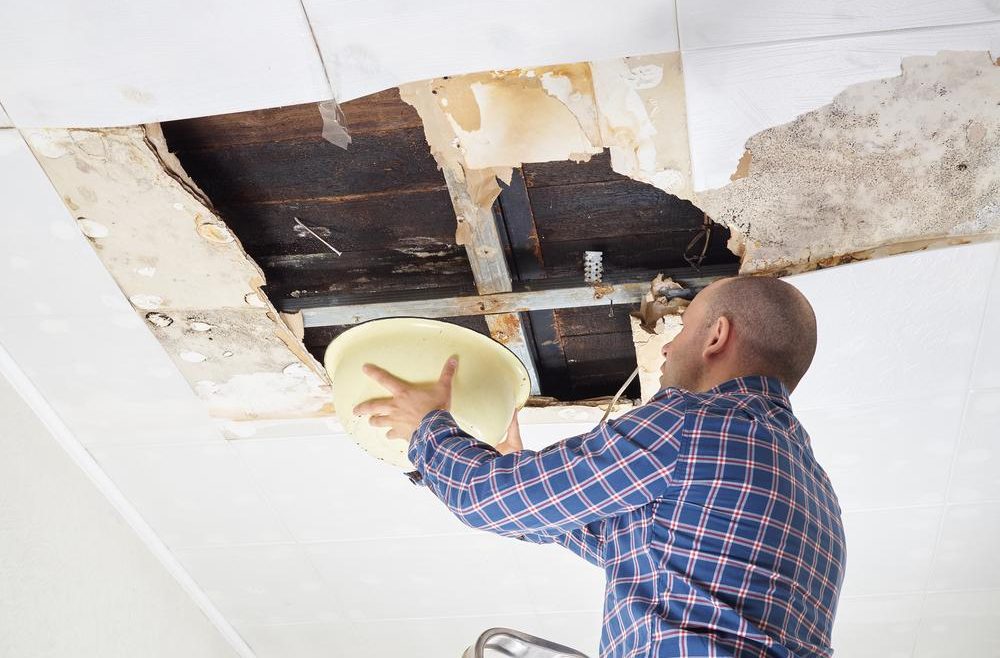Building owners can get some keen insight by answering these 5 questions
As much as we would all love for things to stay in perfect condition forever, we know it just isn’t feasible. Pretty much everything wears out or stops working over time, and when that happens, there’s a big decision to be made: Can it be fixed, or does it need to be replaced? When we’re talking about a small item — like a lamp, for example — the choice is relatively easy. But when it’s something much larger and much more expensive, that’s when making a decision can get tricky.
If you’re a commercial property owner, you probably know this dilemma firsthand. There always seems to be something in a building that needs work, and the repair or replace question can come up a lot. When the roof is involved, this choice shouldn’t be made lightly.
If your roof has experienced some damage or there’s a leak or other issues, here are five questions that will help you decide the best course of action to take:
How bad is the damage?
It’s always possible for a roof to get damaged during a storm, and if a branch fell on it or high winds or intense rain caused harm, it could be severe. That is why it’s important to have the entire roof examined as soon as possible to assess the extent of the damage. If only a small portion of the roof is affected, a repair is probably the best bet. But if 25% of the roof or more is in bad shape, it is probably more cost-effective to have the entire thing replaced.
What problems are you experiencing?
Sometimes roof damage is obvious — like that tree branch sitting on top of it, for example — but in other cases, it is much more subtle. A roof may look fine, but if water is leaking inside, clearly something is wrong. Fortunately, when it comes to leaks, they can usually be repaired. The problem is often related to poor installation with vents, pipes, and other penetrations, and repairing the flashing will solve it. If you’ve noticed a big spike in your energy bills, it may be an insulation issue, which is typically a pretty quick fix.
How old is your roof?
Age plays an important role in determining whether it’s better to repair a roof or replace it. If it is relatively young, the roof was most likely built with some of the most advanced materials and should still be in very good condition. Even if there’s some surface damage, the underlying components may be in good shape. However, if a roof is old — 20 years or older — the damage it is probably near the end of its life, so paying for repairs doesn’t make a ton of sense.
What’s happening right now in your building?
If your building houses a business that is busier during certain times of the year — like a warehouse that will be hectic during the holidays, for instance — a full-fledged replacement may not be possible during the latter parts of the year. If this is the case, making basic repairs in order to help keep things running is probably the best bet, and then a replacement can be scheduled when things cool down.
Are you in for the long haul?
A new roof is obviously costly, but if you plan to own your building for the foreseeable future, it could be the best choice for protecting your investment. On the other hand, if you’re thinking about selling soon, putting up the money for a new roof may not be the most financially sound thing to do. Instead, the better decision might be to fix any problems and make sure the roof is up to code and will pass an inspection. Starting a preventative maintenance plan could also be a wise idea to keep your roof in good condition until you sell.
Other options
In addition to repairs or a replacement, there are a couple of other ways you may be able to address the issue: coating or a re-cover.
Coating
A roof coating is a fluid that is applied over the membrane. Because of its elasticity, the coating can stretch and go back to its original shape without any damage. This is generally a great way to add protection to a roof and extend its life.
Re-cover
When more than just some standard repairs are needed, you may still be able to avoid a complete replacement, especially if the insulation has remained in good condition. With a re-cover, a new system is placed over the old one. While it’s still a big project, it won’t cost you as much as an entirely new roof.
If you’re not sure whether you need a repair or a replacement for your roof, Peck Brothers Roofing can help you figure it out. Whatever your commercial roof needs, we can supply it. To have one of our contractors come out to your property, call us at 201-791-3235 or just fill out our online contact form.



